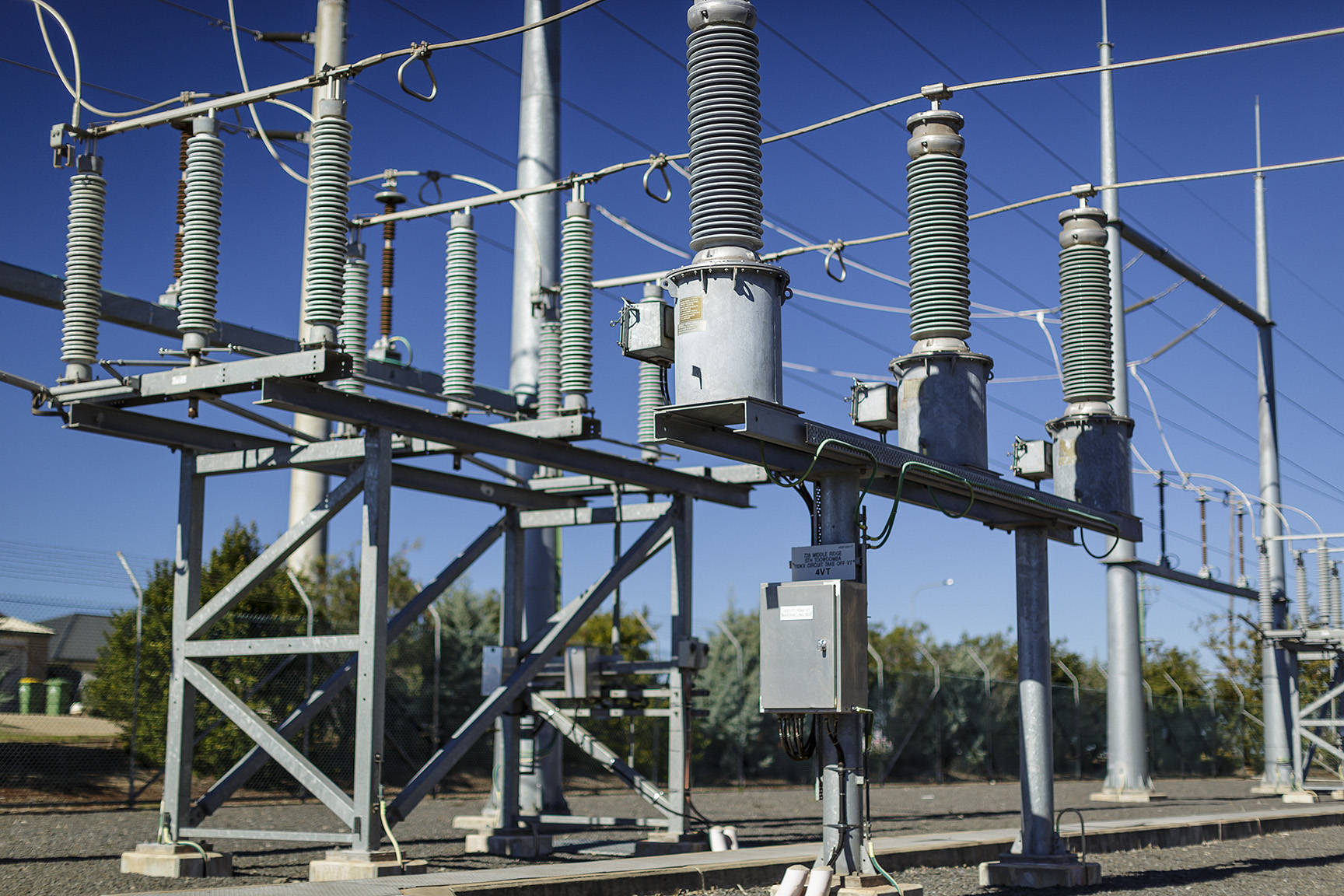Fault levels
High voltage network fault levels
As part of our Distribution Annual Planning Report, we publish the Annual Fault Level Report (XLSX 607.3 kb) which provides information on the maximum fault levels and the corresponding sequence components at certain specified substations.
The actual maximum fault currents will change over time, including as a result of any reconfigurations of the electricity distribution system or transmission system, penetration levels of embedded generators (eg solar PV) and demand conditions at the time.
Designing our network for fault levels
We design our electricity network (or distribution system) to meet the maximum fault currents set out in the table below.
| Distribution system voltage (kV) | Single-phase fault level withstand | Three-phase fault level withstand |
|---|---|---|
| 11 | 25 kA/3 s | 25 kA/3 s |
| 22 | 25 kA/3 s | 25 kA/3 s |
| 33 | 25 kA/3 s | 25 kA/3 s |
| 66 | 25 kA/3 s | 25 kA/3 s |
| 123/110 | 40 kA/1 s | 40 kA/1 s |
Impacts on your electrical equipment
Any electrical equipment that is connected (directly or indirectly) to our network must be designed to safely withstand the range of operating conditions that may arise at the connection point.
You must ensure that any circuit breakers/switchgear on your side of the connection point that isolate your premises from our electricity network have sufficient ratings to safely break the fault currents (both active and reactive) that may occur on our network.
Low voltage network fault levels
The maximum three-phase fault currents that can be expected on the Low Voltage (LV) terminals of a distribution transformer are set out in the table below.
| Network rating (kVA) | Transformer type | Transformer nominal impedance (%) | Maximum LV three-phase fault current (kA) |
|---|---|---|---|
| 25 | Pole mount | 3.30% | 1.1 |
| 63 | Pole mount | 4.00% | 2.3 |
| 100 | Pole mount | 4.00% | 3.7 |
| 200 | Pole mount | 4.00% | 7.4 |
| 315 | Pole mount and padmount | 4.00% | 11.7 |
| 500 | Pole mount and padmount | 4.00% | 18.5 |
| 750 | Pole mount | 5.00% | 22.2 |
| 1000 | Pole mount | 5.00% | 29.6 |
| 1500 | Pole mount | 6.25% | 35.6 |
The fault currents correspond to a worst-case transformer impedance of 90% of nominal impedance, as transformer standards allow for a ±10% tolerance on nominal impedance. These values also assume an infinite HV bus is applied at the transformer at 1.0p.u. voltage.
The pole transformer size is written on the transformer tank (for newer transformers) and is visible from the ground. The padmount transformer size is also written on the tank (for newer transformers).
Standard distribution transformer LV fusing information can be found within our Overhead Construction Manual and our Underground Construction Manual. Note that some older transformers may have different LV fuse sizes installed as compared to the current standard fuse size, and some padmount transformers may have an LV circuit breaker installed.
Requesting detailed fault level information
If you’d like more detailed fault level information, you can complete our online enquiry form. Please note that there may be a fee for this service.
It is a two step process:
- Complete the Fault Level Enquiry form
- Complete the Fault Level Enquiry form and you'll receive an email with an attached text (.txt) file which is a summary of your completed form. Save this text file and attach it to your General Enquiry (see step 2).
- Submit an Asset Relocation Enquiry
- Submit an Asset Relocation Enquiry via the Electrical Partners Portal attaching your saved Fault Level Enquiry form summary text (.txt) file.

